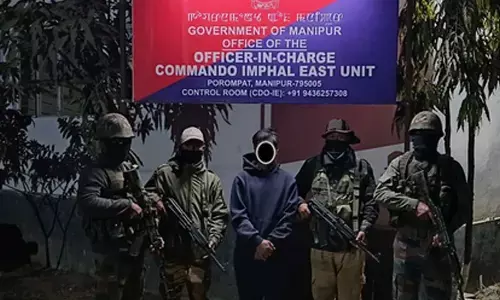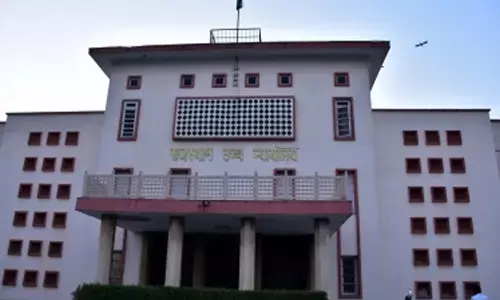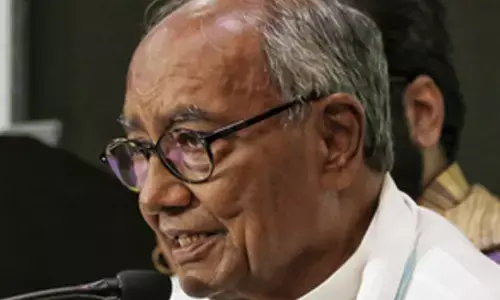Vijayawada: Smaller districts to make governance effective

Jagan Mohan Reddy
In a major administrative reform in Andhra Pradesh, the Jagan Mohan Reddy government on Wednesday declared the creation of 13 new districts.
Vijayawada: In a major administrative reform in Andhra Pradesh, the Jagan Mohan Reddy government on Wednesday declared the creation of 13 new districts. The move is aimed at improving governance and the performance of the officials, as they would now be nearer to the people.
How much impact this will have in the future is to be seen. A smaller district would certainly help the government deliver its promises to the people better. However, it should be borne in mind that the officials will be the same. If those in bigger districts can deliver, then the same officials would be able to deliver equally well in smaller districts.
It is all about intent and not about size. As long as this decentralization of power -if it could be called thus - would not lead to decentralization of corruption and malpractices, it is always good to have smaller districts. Anyways, this move by the AP Government takes the total districts in the country to 761
Continued from P1The number of districts in the country was 640 in the 2011 Census of India, and the number was 593 if one goes by the 2001 Census of India.
As of 2021, there were a total of 748 districts in 36 States and Union Territories of India. Of course, as everyone is aware, Uttar Pradesh has the maximum number of districts at 75 and Goa, just two. The Union Territories of Lakshadweep and Chandigarh have one district each. AP's move could be a follow up to what Telangana has done under the KCR government. The TRS chief, who led a long agitation for separate Statehood, wanted impactful governance and hence was not happy with the original 10 districts wherein the average population was 35 lakh in each district (as per the 2011 Census of India).
Telangana also had another very good reason for going in for smaller districts, as the average size of the districts was slightly more than 11,000 sq km. The average Indian district was nearly 5,000 sq km.
Hence, K Chandrasekhar Rao divided the State into 33 districts with an average population of 11.8 lakh and a size of 3,400 sq km.
AP too had a 41 lakh population each in the existing 13 districts, second only to West Bengal, which has nearly 43 lakh people on an average. There will be, naturally, objections from some sections of society to the same, and even the Opposition could object to the decision. The political parties could have their political objections, but for most people, the convenience factor is far more important. People would naturally be disgruntled if the newly created district headquarters was located at a greater distance from the existing one.











